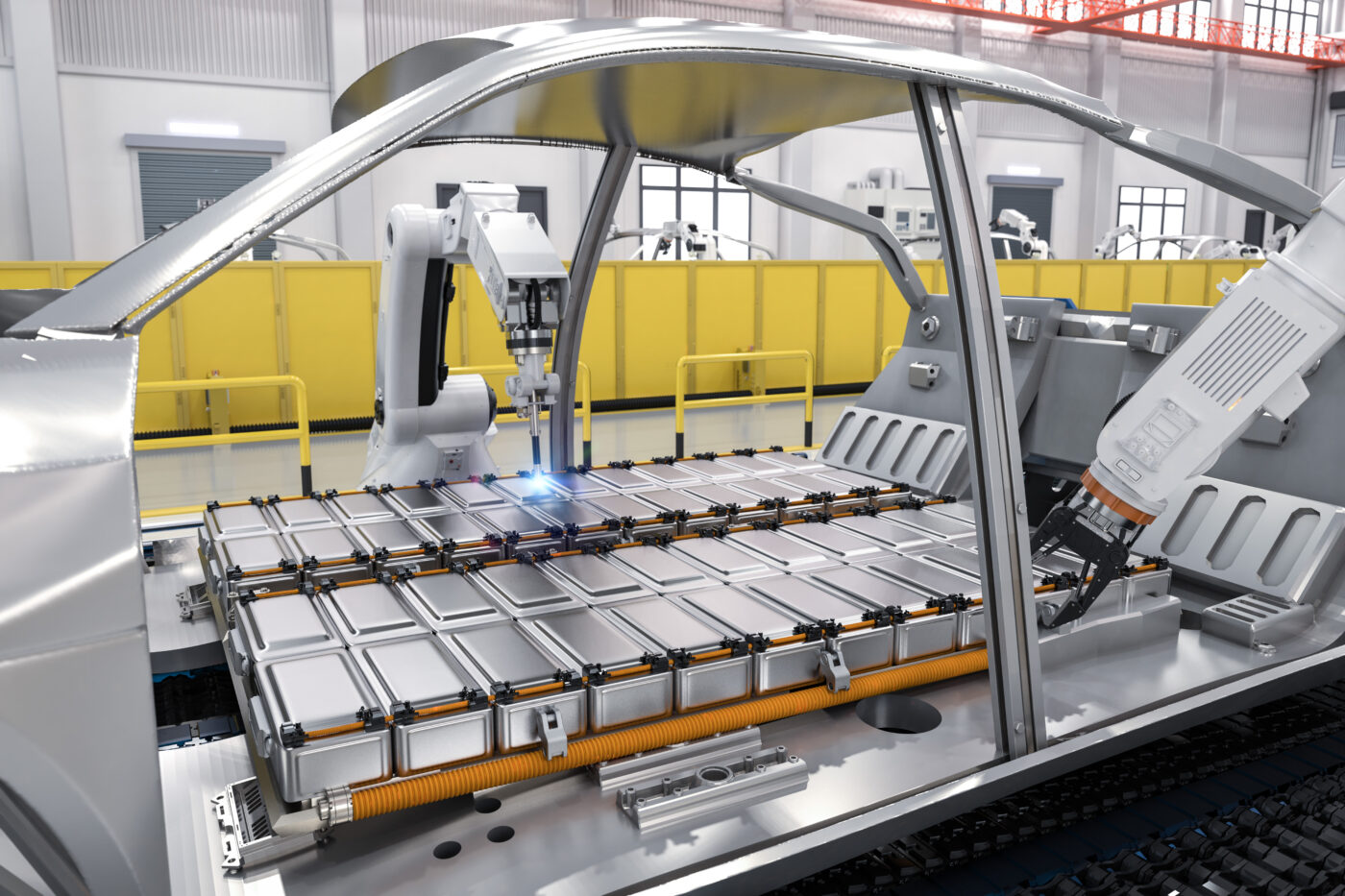Imperial County, a sparsely populated desert region in Southern California, is drawing attention not for its iconic landmarks like Salvation Mountain or the Salton Sea but for the vast lithium deposits hidden beneath its surface.
The newfound interest in the region by U.S. politicians is fueled by the surging demand for the critical mineral used in batteries, especially with the rise of electric vehicles, SFGate reported.
Imperial County, now dubbed Lithium Valley, holds an estimated 3,400 kilotons of lithium, the outlet reported, citing a recent study by Lawrence Berkeley National Laboratory.
This rare mineral, predominantly found in Australia, China, and Chile, has seen a predicted 4,000 percent increase in demand over the coming decades. The county, with its lithium-rich geothermal brines, could potentially produce 375 million batteries, a lucrative prospect for a region grappling with poverty.
Despite being labeled as the least populated county in the region with a median income of around $49,000, Imperial County sees lithium extraction as a game-changer.
The 2020 report from the California Energy Commission suggests that the lithium could generate over $7 billion annually based on a 2020 price of $12,000 per ton.
Efforts to tap into this resource are underway, with companies like EnergySource Minerals planning to commence mining by 2025.
However, extracting lithium from depths of 1,500 feet below the Earth’s surface poses significant challenges. Geothermal plants along the Salton Sea are being explored for their potential role in lithium extraction, yet concerns over water consumption remain prominent.
Water, supplied in Imperial County by the Colorado River, raises questions about the environmental impact of large-scale mining operations.
The Colorado River, already under strain, supports agriculture in the region, and the consequences of diverting water for lithium extraction remain uncertain. EnergySource Minerals estimates an annual consumption of 3,400 acre-feet of water, exacerbating worries about the already high rates of asthma and the potential impact on indigenous cultural sites.
The Imperial Valley, rich in Native American history, faces the possibility of desecrating sacred sites, including Lake Cahuilla, ancestral land to multiple Indigenous tribes. Despite these concerns, public sentiment appears largely supportive, driven by the promise of economic upliftment. Lithium extraction will be taxed, with 80% of the revenue flowing directly into the county, potentially amounting to $30 million per year. While residents express optimism about economic prospects, questions persist about the long-term environmental and cultural repercussions of Imperial County’s lithium rush.
— Ted Glanzer
